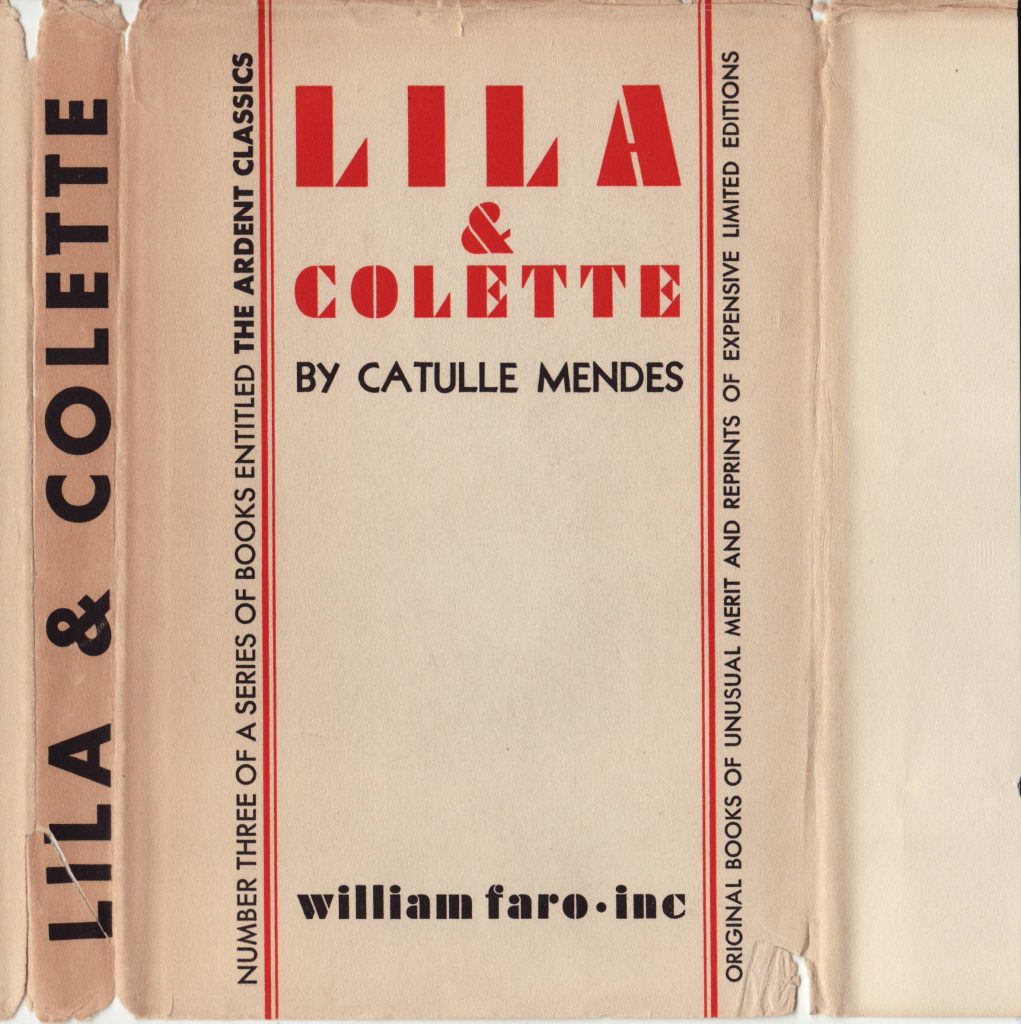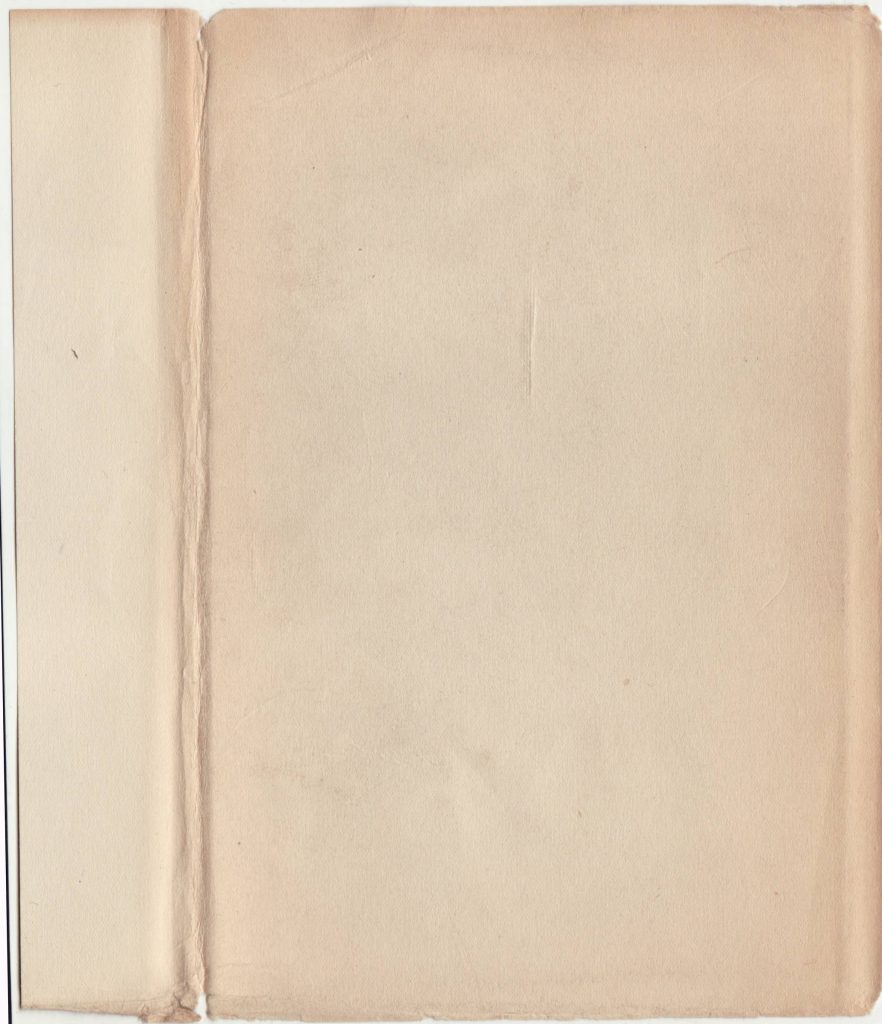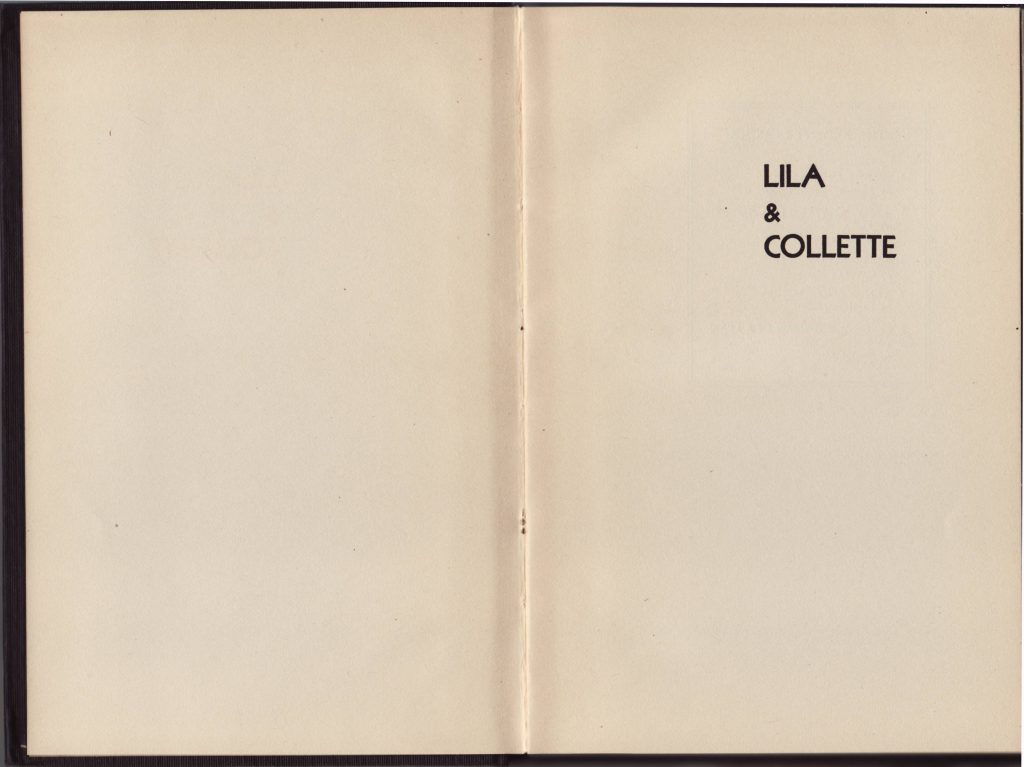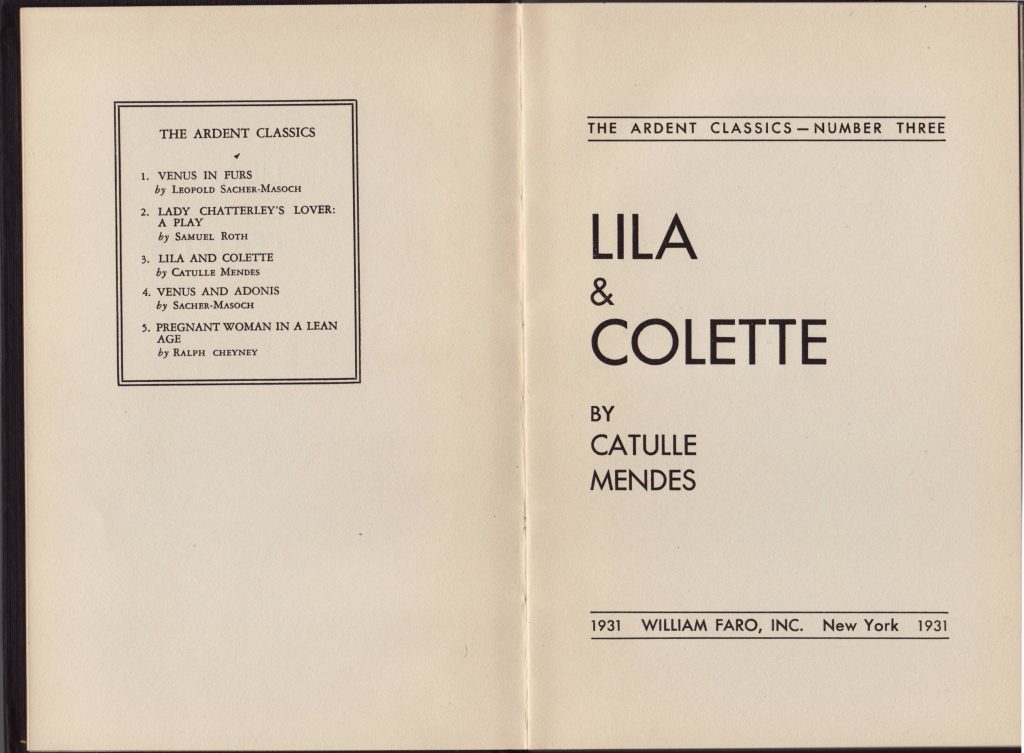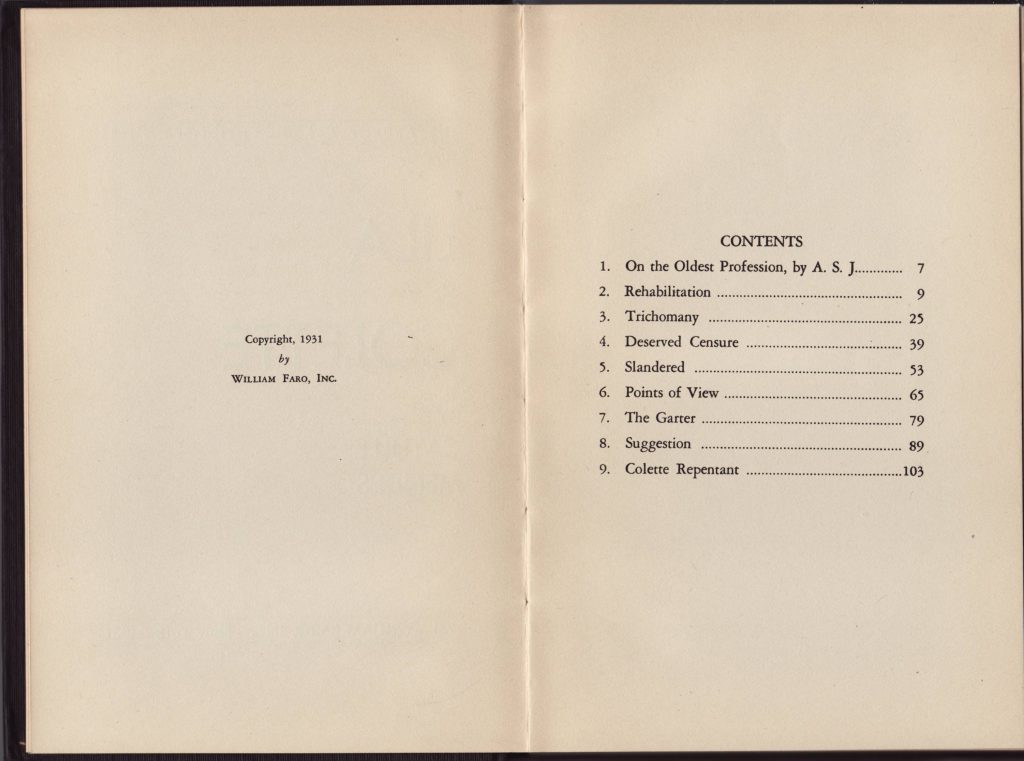William Faro, Inc. (New York)
Series dates: 1931-1934
Size: 5.5″ x 8″
William Faro, Inc. was the first trade book imprint of infamous publisher Samuel Roth. The company was established in 1930 and issued books through 1934, after going bankrupt in 1933.
 Roth issued two reprint series as part of the Faro imprint: the Ardent Classics and Modern Amatory Classics. Both series were an attempt to exploit a niche in the reprint series market for erotically themed titles. Both series came about as Roth was trying to succeed as a legitimate publisher after years of trouble with anti-obscenity crusaders. The two series were attempts to cover two important areas of the reprint market: The Ardent Classics were relatively inexpensive (probably just over $1), smaller in size, well designed: akin to the Modern Library, the kind of classic literary reprint series most publishers had by this time. The Modern Amatory Classics were more expensive ($3.00), larger in size, also well designed: akin to the various premium and illustrated classics proffered by Illustrated Editions, George Macy’s series, Knopf’s Blue Jade Library, or Boni & Liveright’s Black & Gold Library.
Roth issued two reprint series as part of the Faro imprint: the Ardent Classics and Modern Amatory Classics. Both series were an attempt to exploit a niche in the reprint series market for erotically themed titles. Both series came about as Roth was trying to succeed as a legitimate publisher after years of trouble with anti-obscenity crusaders. The two series were attempts to cover two important areas of the reprint market: The Ardent Classics were relatively inexpensive (probably just over $1), smaller in size, well designed: akin to the Modern Library, the kind of classic literary reprint series most publishers had by this time. The Modern Amatory Classics were more expensive ($3.00), larger in size, also well designed: akin to the various premium and illustrated classics proffered by Illustrated Editions, George Macy’s series, Knopf’s Blue Jade Library, or Boni & Liveright’s Black & Gold Library.
The Ardent Classics reached only five titles, the Modern Amatory Classics only three, before Faro Inc. went bankrupt in 1933. After the bankruptcy of Faro, Inc., Roth persisted, and despite more arrests and prison time, revived his publishing efforts (both legitimate and under-the-counter titles), including the Library of Unusual Books series in the 1950s.
Details about Roth’s crazy life are amply detailed in two books by Jay Gertzman: Bootleggers and Smuthounds (1999), and Samuel Roth: Infamous Modernist (2013).
Roth immigrated to New York with his family from Galicia in 1897. By age 16 he was working as a newspaper correspondent but ended up homeless when the newspaper folded. He managed to attend Columbia University on scholarship for a year and afterward established his own bookstore. He published poetry from 1915-1918 and by the mid-1920s had established a series of literary journals where he published, among other literary items, sexually suggestive segments of longer works by contemporary authors, often without permission, as with passages from Joyce’s Ulysses (at the time, banned in the U.S.). Roth recognized literary quality but lacked the funds to acquire the publishing rights to the authors he most admired. Roth also recognized the demand for sexually suggestive literary works, which, for the most part, funded his efforts. It was in this era that Roth earned his reputation as a pirate publisher and a purveyor of coarse literature. He found his bookstore continually raided and himself frequently in jail. (source: Samuel Roth)
Roth was sent to prison in 1928 for a parole violation of an earlier obscenity conviction (selling a copy of Richard Burton’s unexpurgated 1886 edition of The Perfumed Garden). Roth had continued to sell an array of erotica, sex manuals and other related material, thus violating his probation.
While in prison, Roth met William Paro, a former Wall Street post office executive, convicted of stealing mail. Using some accumulated capital, Roth planned to emerge from prison on a path to being a legitimate publisher and offered Paro the presidency of the firm, which would be named William Paro, Inc. By incorporating the firm in Paro’s name, Roth hoped to escape any future prosecution for obscenity, if such charges emerged. Paro withdrew from the agreement at the last-minute, after legal documents had been drawn up. Roth modified the P in Paro to Faro on the legal documents, to save some money, and the firm became William Faro, Inc. (source: Jay Gertzman, Bookleggers and Smuthounds).
The Ardent Classics consisted of five titles published in 1931. They were probably sold through at least 1934. The design of the jackets and books is actually quite sophisticated, certainly among the most sophisticated of reprint series from the era. Roth obviously grasped meritorious graphics and book design and was hoping these titles grabbed the attention of the book-buying public. As Jay Gertzman points out, the presence of jackets on any of his titles strongly suggests they were sold above the counter, off the shelf of bookstores (not sold via mail) – legitimate books, then. The design of the jackets strongly supports this argument.
This reprint of Lila and Colette by Catulle Mendes in the Ardent Classics has a 1931 publication date. Mendes was a French poet and author. He was a protegé of Théophile Gautier and married his daughter. Lila and Colette, a tale of idealized Hellenic lesbianism, was originally published in 1885.
Ardent Classics jackets are of a common design throughout the series with a strong modernist bent. The title on the spine is bold to catch the attention of customers viewing a shelf of books. The jacket front is divided into three sections with horizontal and vertical typography. The contrasting black and red type and graphic elements with the white background are striking. The series name is included in a statement running vertically: “Number Three of a Series of Books Entitled The Ardent Classics,” with the series name in bold. A further description of the series runs vertically to the right of the title: “Original Books of Unusual Merit and Reprints of Expensive Limited Editions.” The front jacket flap is short (as is the rear flap) and blank. The Faro imprint is in all lower case, a progressive design component. No price is indicated.
The rear of the jacket and rear (short) flap are completely blank.
The books are of a quality binding with affixed paper labels on the spine. The labels include the series name and publisher.
The half-title page:
The five (and only) titles in the Ardent Classics are listed facing the title page, and include:
(1) Venus in Furs, by Leopold Sacher-Masoch
(2) Lady Chatterley’s Lover: A Play, by Samuel Roth (actual: Lady Chatterley’s Lover: A Dramatization of His Version Of D.H. Lawrence’s Novel)
(3) Lila and Colette, by Catulle Mendes
(4) Venus and Adonis, by Leopold Sacher-Masoch
(5) Pregnant Women in a Lean Age, by Ralph Cheyney
The title page is itself stylish, left justified with lined text including the series name (and title’s number) and publisher and date.
The copyright page (and table of contents):
The page design continues the barred text theme from the title page, at the top with the book title and bottom with the page numbers, written out.
